Stuck without dill seeds? Don't panic! Whether you're pickling cucumbers, baking bread, or making a stew, these 7 proven substitutes with exact ratios will save your recipe. We've tested each alternative for flavor compatibility and ease of use—so you can swap with confidence.
Top 7 Dill Seed Substitutes
1. Fennel Seeds
Fennel seeds are the closest match to dill seeds with their sweet licorice flavor and similar texture. Ideal for pickling and bread recipes.
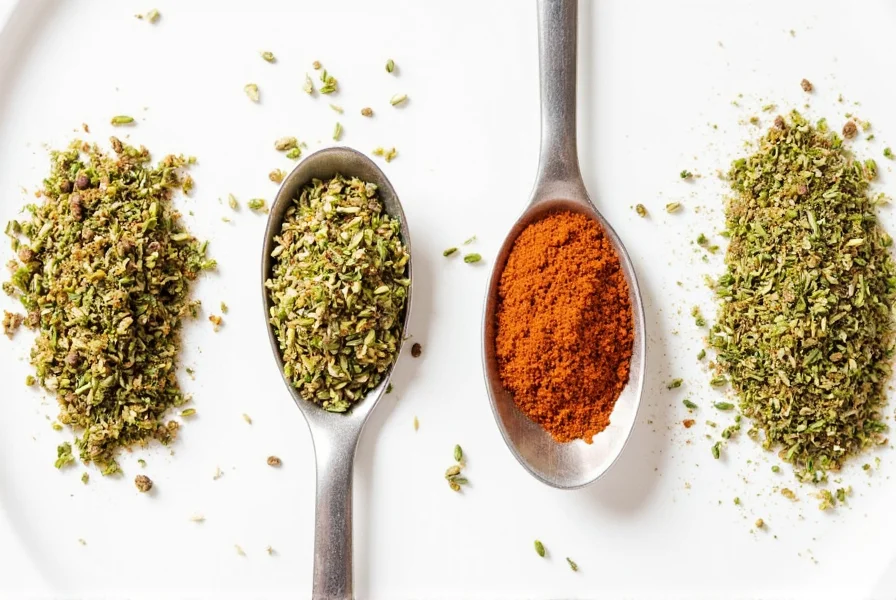
- Best for: Pickling, rye bread, roasted vegetables
- Ratio: 1:1 substitution
- Pro Tip: Toast lightly to enhance aroma
2. Caraway Seeds
Caraway offers nutty, earthy notes that complement savory dishes well. Perfect for traditional European recipes.
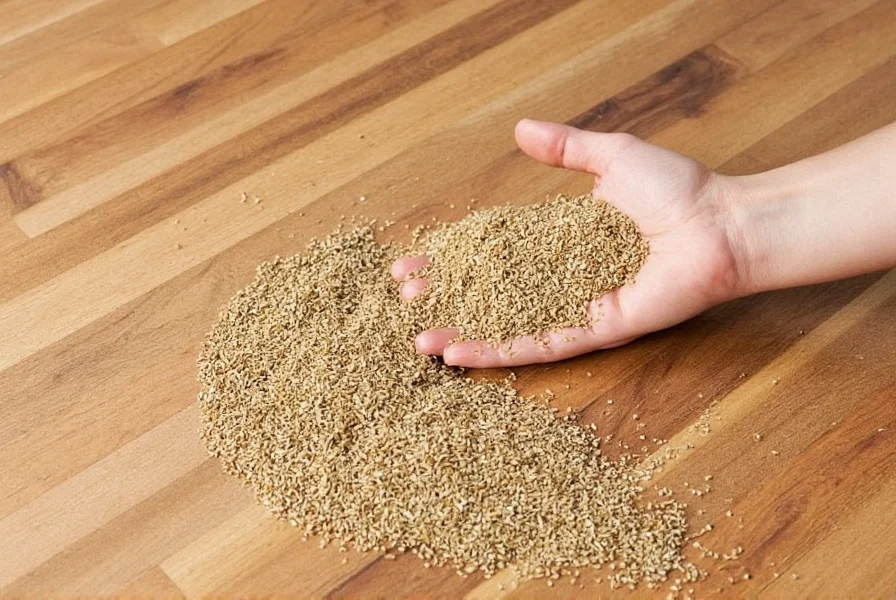
- Best for: Rye bread, sauerkraut, cabbage dishes
- Ratio: ¾ tsp per 1 tsp dill seed
- Pro Tip: Combine with coriander for balanced flavor
3. Cumin
Cumin provides smoky depth that works well in spicy or earthy recipes. Use sparingly due to its strong profile.
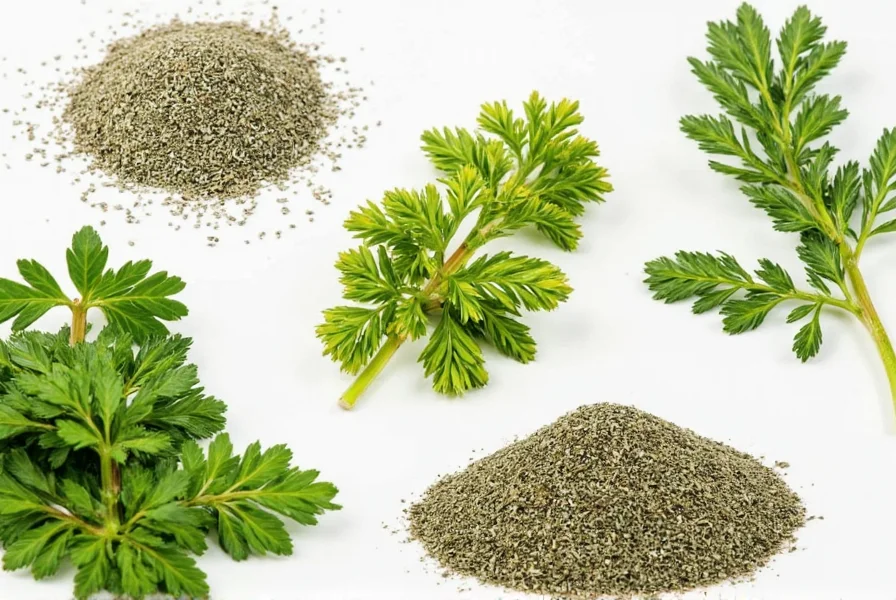
- Best for: Curries, chili, taco seasoning
- Ratio: ½ tsp per 1 tsp dill seed
- Pro Tip: Use ground cumin for smoother integration
4. Anise Seeds
Anise delivers intense licorice flavor best suited for sweet applications. Use half the amount to avoid overpowering.
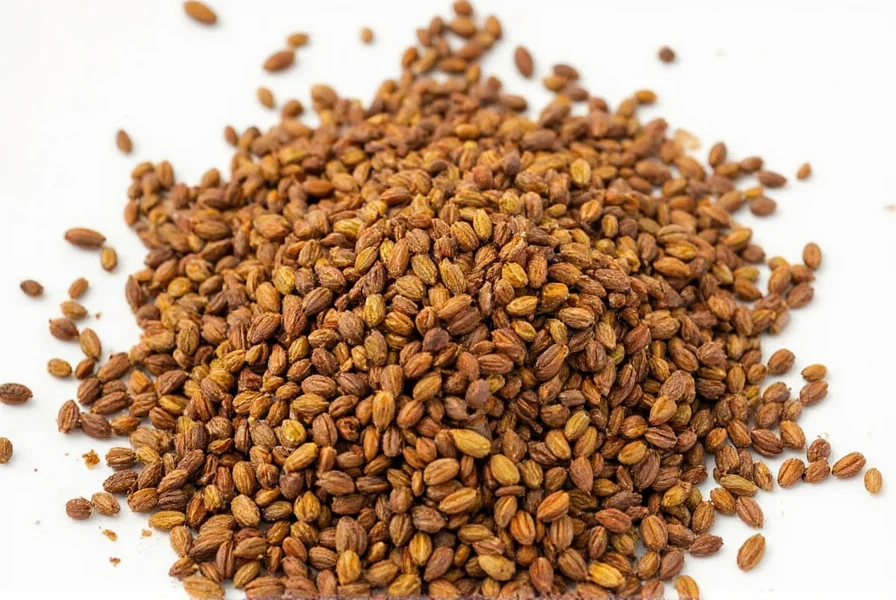
- Best for: Biscotti, mulled wine, sweet breads
- Ratio: ½ tsp per 1 tsp dill seed
- Pro Tip: Pair with cinnamon or vanilla for balance
5. Celery Seed
Celery seed adds bright, salty notes that enhance soups and cocktails. Great for Bloody Mary mixes.
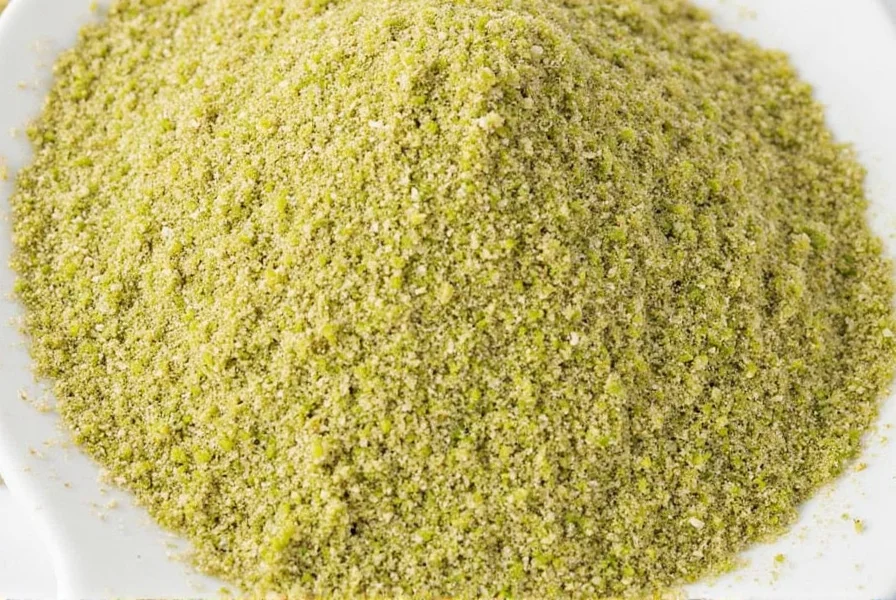
- Best for: Soups, salad dressings, Bloody Marys
- Ratio: ½ tsp per 1 tsp dill seed
- Pro Tip: Use in brines for pickled vegetables
6. Coriander Seeds
Coriander provides citrusy floral notes that work well in spice blends. Toast to release maximum flavor.

- Best for: Curry rubs, marinades, roasted vegetables
- Ratio: 1:1 substitution
- Pro Tip: Mix with mustard seeds for complexity
7. Fresh Dill Weed
While not a seed, fresh dill works for herbaceous applications. Add at the end of cooking for best results.
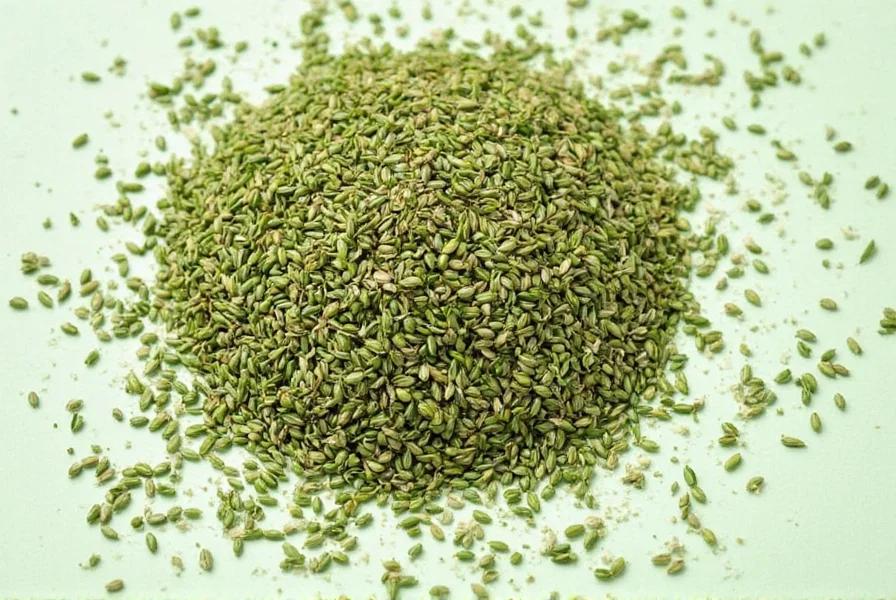
- Best for: Tzatziki, sauces, fish dishes
- Ratio: 1 tbsp fresh = 1 tsp dill seed
- Pro Tip: Avoid for pickling due to moisture content
| Substitute | Flavor Profile | Best Used In | Substitution Ratio |
|---|---|---|---|
| Fennel Seeds | Sweet, licorice-like | Pickling, bread, roasted veggies | 1:1 |
| Caraway Seeds | Nutty, peppery | Rye bread, cabbage dishes | ¾ tsp per 1 tsp dill seed |
| Cumin | Earthy, smoky | Curries, chili | ½ tsp per 1 tsp dill seed |
| Anise Seeds | Strong licorice | Baked goods, liqueurs | ½ tsp per 1 tsp dill seed |
| Celery Seed | Sharp, salty | Soups, Bloody Marys | ½ tsp per 1 tsp dill seed |
| Coriander Seeds | Citrusy, floral | Marinades, spice rubs | 1:1 |
| Fresh Dill Weed | Herbaceous, bright | Tzatziki, sauces, soups | 1 tbsp fresh = 1 tsp dill seed |
How to Use These Replacements in Recipes
- For Pickling: Fennel or celery seeds work best in vinegar-based solutions. Use 1:1 ratio for cucumbers or beets.
- For Baking: Caraway in rye bread (¾ tsp per tsp dill), or anise in sweet rolls (½ tsp per tsp dill).
- For Stews & Soups: Cumin or coriander add depth without overpowering broth. Start with ½ tsp per tsp dill seed.
- For Sauces: Fresh dill is unbeatable in tzatziki. Use 1 tbsp fresh for every tsp of seeds.
Pro Tip: Mix ½ tsp caraway + ½ tsp coriander for a custom dill-like blend in spice rubs.
What Is Dill Seed?
Dill seeds come from the flowering plant Anethum graveolens, known for its feathery leaves and yellow umbel flowers. While fresh dill weed is often used in dishes like tzatziki and potato salad, the dried, oval-shaped seeds are commonly used in baking, pickling, and spice blends.
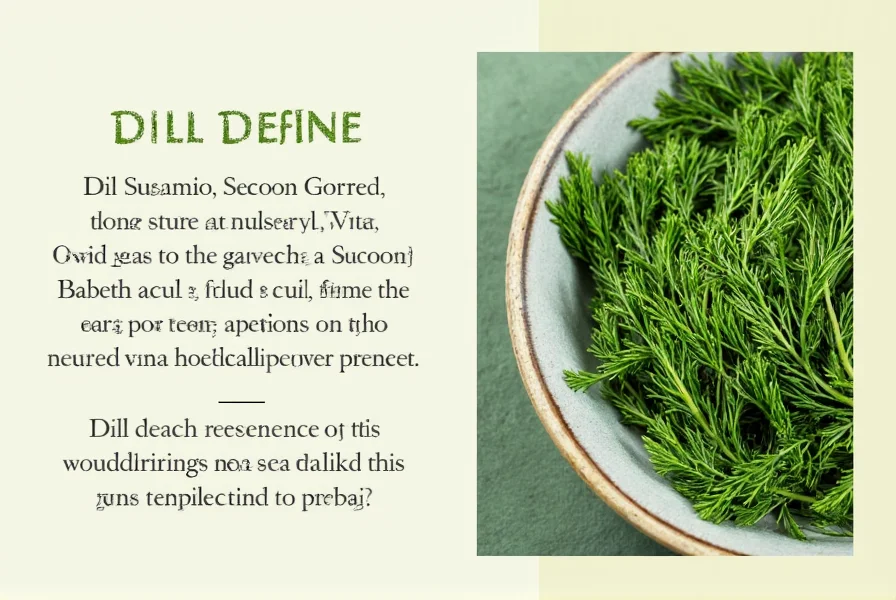
The flavor of dill seeds is more concentrated than fresh dill—think earthy, warm, and slightly citrusy with a hint of anise. If you're trying to replicate this unique taste profile without actual dill seeds, it helps to understand what makes them special.
Frequently Asked Questions
What's the closest substitute for dill seeds?
Fennel seeds are considered the closest substitute for dill seeds, as they share a similar texture and have a mild licorice flavor that closely matches dill's subtle anise notes. They can be used in a 1:1 ratio in most recipes, particularly for pickling and bread making.
Can I use fresh dill instead of dill seeds?
Yes, fresh dill weed can substitute for dill seeds, but with some considerations. Use 1 tablespoon of chopped fresh dill for every 1 teaspoon of dill seeds. Keep in mind that fresh dill has a milder flavor and higher moisture content, so it's best added at the end of cooking to preserve its delicate flavor. It works particularly well in sauces, soups, and salads but isn't ideal for pickling.
How much of the substitute should I use compared to dill seeds?
The substitution ratio varies by ingredient. Fennel seeds and coriander seeds can typically replace dill seeds in a 1:1 ratio. For stronger flavors like cumin, anise, and celery seeds, use about half the amount (½ tsp substitute for 1 tsp dill seeds). Caraway seeds work well at a ¾ tsp to 1 tsp ratio. Always start with less and adjust to taste, as spice preferences vary.
What's the difference between dill seeds and dill weed?
Dill seeds come from the mature seed heads of the dill plant and have a more concentrated, earthy, and slightly bitter flavor with warm citrus notes. Dill weed refers to the fresh or dried leaves and has a lighter, grassier flavor. Seeds are commonly used in pickling and baking, while the weed is preferred for fresh applications like salads, sauces, and as a garnish.
Can I make my own dill seed substitute blend?
Absolutely! For a more complex substitute that better mimics dill seeds' unique flavor profile, try mixing ½ teaspoon caraway seeds with ½ teaspoon coriander seeds for every 1 teaspoon of dill seeds needed. Toast the seeds lightly first to enhance their flavors, then grind them together. This blend captures both the earthiness and subtle citrus notes of dill seeds.
Do dill seeds expire, and how should I store them?
Dill seeds maintain their best flavor for about 1-2 years when stored properly in an airtight container away from light and heat. While they don't technically expire, their flavor diminishes over time. To check if your dill seeds are still potent, crush a small amount in your palm—if you can't smell the distinctive aroma, it's time to replace them. For longest shelf life, store in a cool, dark pantry or even the freezer.

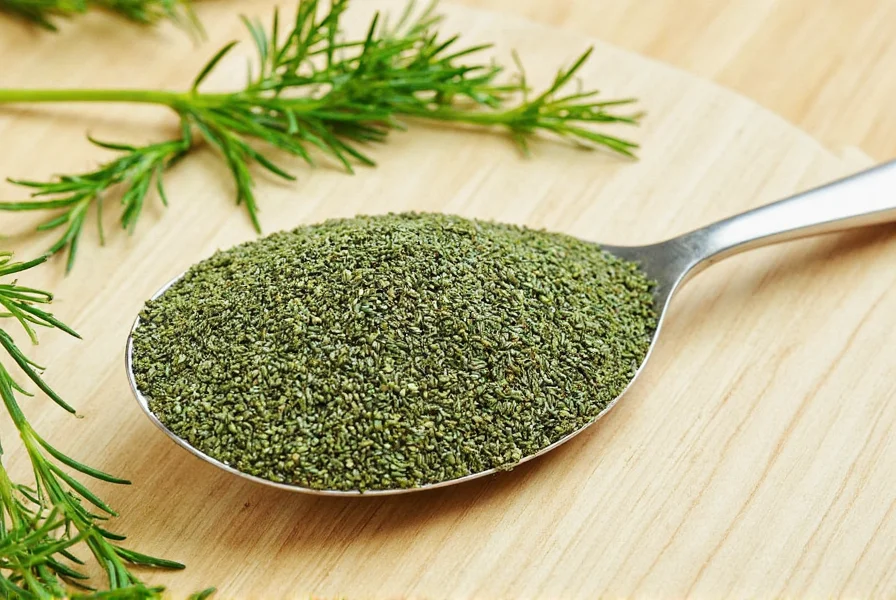









 浙公网安备
33010002000092号
浙公网安备
33010002000092号 浙B2-20120091-4
浙B2-20120091-4